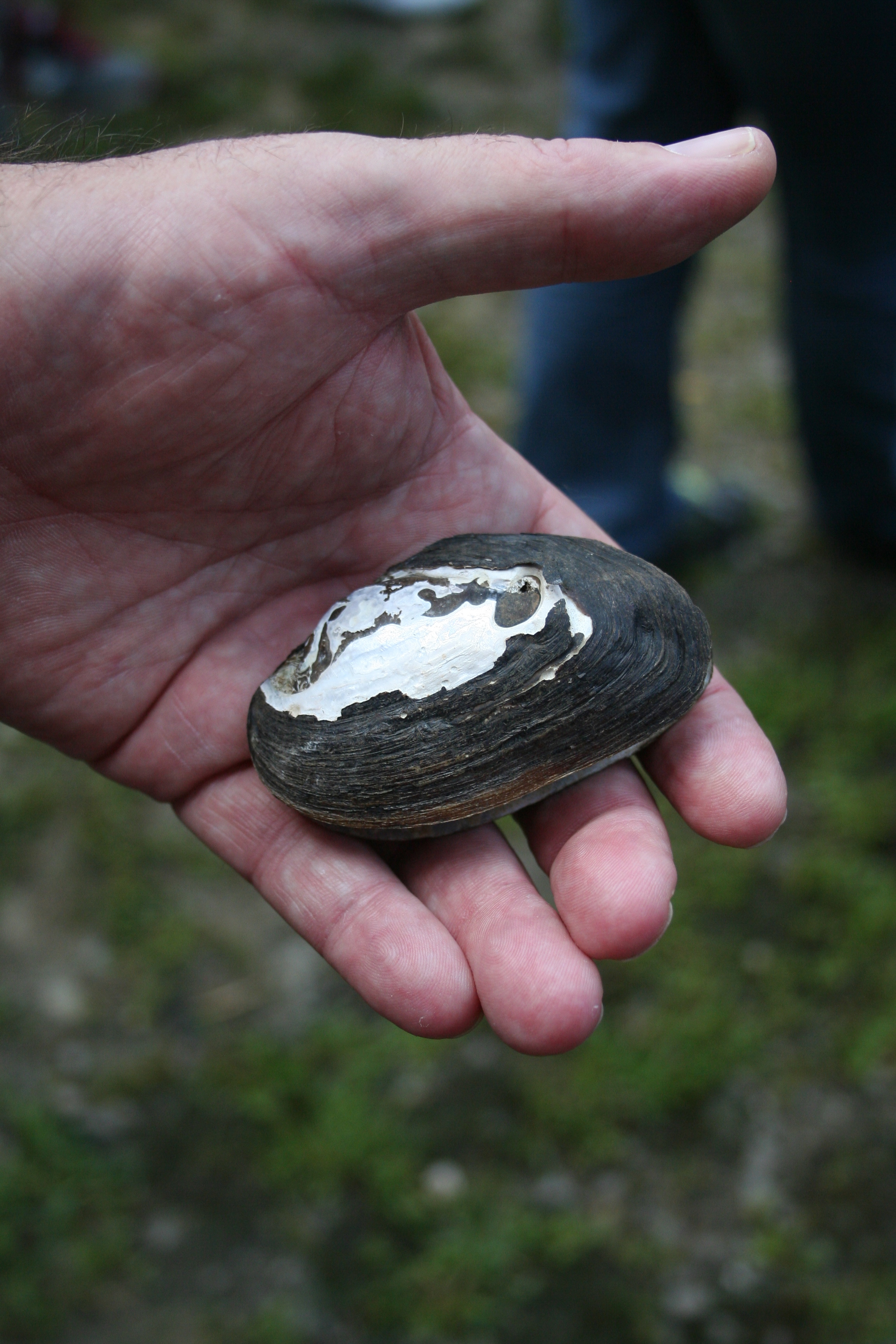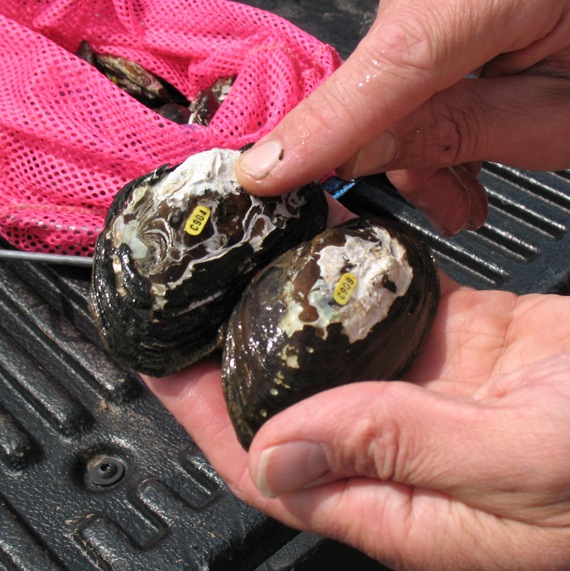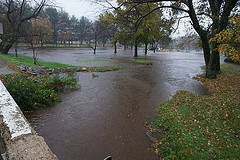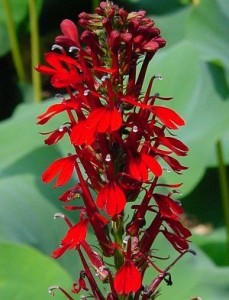It’s a good year to be a fish. In fact, plans are well underway for the partial removal of a historic dam along the White Clay Creek. This dam, known as Dam #1 or the Byrnes Mill Dam, is located on the White Clay Creek Country Club golf course at Delaware Park. It’s the most downstream dam on the Wild and Scenic River, a little over four miles from the mouth of the creek. When it’s completed, this project will mark the first dam removal for fish passage in the entire state of Delaware!
The main goal of removing this dam is to restore fish passage up the creek. Specifically, this dam is blocking the upstream movement of American and hickory shad, fish with a long history in the region. Shad are anadromous fish, meaning that they live in the ocean but spawn in freshwater streams and rivers. The American shad measures about two feet long. The hickory shad is slightly shorter and can be distinguished by its protruding lower lip. Shad are affectionately referred to as America’s “founding fish” because they were a main source of food for General George Washington’s troops during their long winter at Valley Forge. However, because shad can't "jump" like salmon can, they have been barred from their traditional spawning grounds by even low lying dams like Byrnes Mill Dam, which are scattered throughout the region.
Byrnes Mill Dam is currently obsolete and its north side has already been breached by large storms like Hurricanes Floyd and Irene, but it does have historic significance in our area. The University of Delaware Center for Historic Architecture and Design estimates that this dam was constructed during colonial times (between 1773-1777) to divert water to a mill at the historic Hale Byrnes House. Mills were operating along the White Clay Creek by the early 1700s, typically grist (grain) and sawmills. These mills were a cornerstone of the early American economy. Grain from the mill associated with this particular dam supplied George Washington's troops on their march from the Battle of Cooch's Bridge near Newark to the Battle of the Brandywine near Chadds Ford, PA during the Revolutionary War. Byrnes Mill Dam is a variation of a plank crib dam (shown in the picture below).
Once the historic permits are received, construction on the dam will begin in early winter of 2014. Only a 40 foot portion in the middle of the dam is to be removed, which will allow for increased fish passage upstream (3.5 stream miles) without compromising the site's historical significance or drastically increasing the erosion of the stream bank. In addition to the partial dam removal, the plan also includes tree plantings along the stream bank, debris removal, and rock re-positioning to improve bank stability and restore the floodplain. Educational signage will also be installed to inform visitors about the historic dam and the restoration process.
Byrnes Mill Dam is only one of seven dams along the Delaware portion of White Clay Creek slated for partial or total removal. Future studies for dams 2 (along Red Mill Road) and 3 (downstream of Paper Mill Road) have already been funded. Removal of these dams not only benefits fish passage by opening up stream miles for shad and other anadromous fish, it also contributes to making the White Clay Creek more reminiscent of its wild and free flowing historic state when the upstream stretches were said to 'run silver'. Stay tuned to learn about volunteer opportunities and become a part of White Clay history!
Note: The University of Delaware’s Water Resources Agency has served as the head of this project, which has been in the works for several years now. Funding and support have been provided by the National Fish and Wildlife Foundation, the FishAmerica Foundation, NOAA, and American Rivers. Other partners include DNREC, the New Castle County Conservation District, the Brandywine Conservancy, the Christina Conservancy, the University of Delaware Center for Historic Architecture and Design, the White Clay Creek Country Club, the White Clay Wild and Scenic Management Committee, the Historic Hale Byrnes House, and New Castle County. Click here to learn more about Shad Restoration and Dam Removal in the White Clay.












